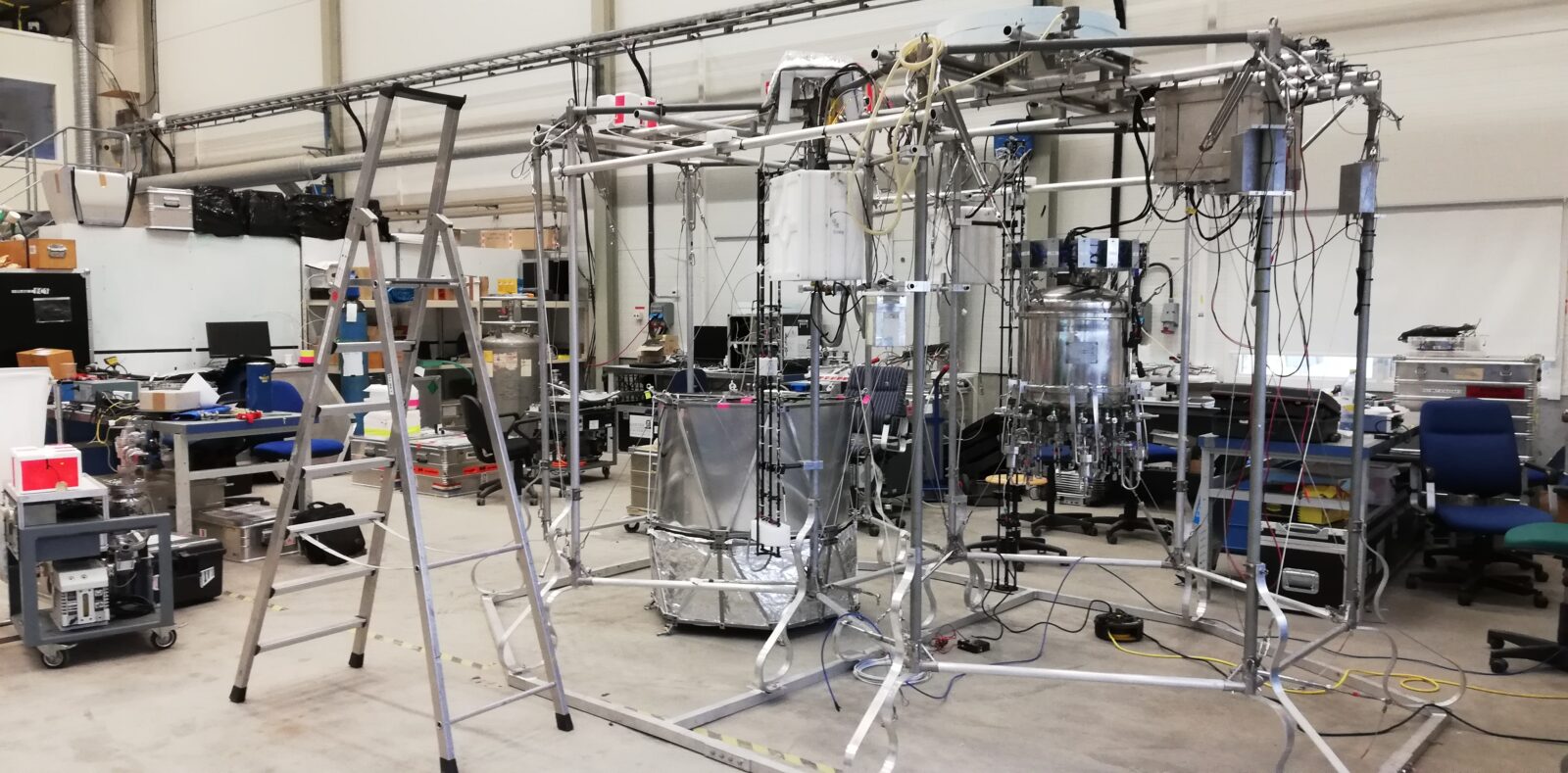Blog
10-Aug-2021 (2): The team
It is a good moment to introduce the TWIN team. We are 15 scientists, from 6 institutions, from 3 countries. We have different expertise and will combine different instruments and measurements in one complex payload. Below is a short intro to the different groups and their contribution to this project, and one can find out more about each group by following the blue text links.
Andreas Engel, Tanja Schuck, Timo Keber and Thomas Wagenhäuser (Goethe University Frankfurt, DE) The group led by Andreas Engel has a long-standing experience in stratospheric research using balloon, and provides the TWIN gondola that we use and gives the name of our team. They deploy the cryogenic whole air sampler and Aircores, and will analyze the samples for mean age tracers.
Johannes Laube, Andreas Sitnikow, Anneliese Richter (Forschungszentrum Jülich, DE) The group has extensive expertise in observations of halogenated and related greenhouse, ozone-depleting and reactive gases using Aircores and other methods, and participate to this campaign with a special Aircore setup.
Mélanie Ghysels-Dubois (GSMA, CNRS, FR); Nadir Amarouche, Jean Christophe Samake, Fabien Frérot (DT-INSU CNRS, FR) The GSMA/DT-INSU team develops infrared diode laser spectrometers to monitor CO2, CH4 and H2O in the UTLS and stratosphere, and are very experienced with balloon campaigns. They participate with two spectrometers for in-situ CO2 and CH4 measurements during flight.
Steven van Heuven, Alessandro Zanchetta, Huilin Chen (CIO, Uni Groningen, NL) The group has extensive expertise in global carbon cycle and greenhouse gas research, with focus on atmospheric sampling. They will deploy Aircores and a whole air bag sampler (Big LISA), and will analyze the samples for greenhouse gases.
Elena Popa, Sophie Baartman (IMAU, Utrecht University, NL) Our group specializes in using isotopes in atmospheric science, but we do not have any own equipment here. It is also our first balloon campaign. So we learn, we help where and when is needed, and later in the lab we will analyze the samples for isotopic composition of COS, CO2, CH4, and H2.

